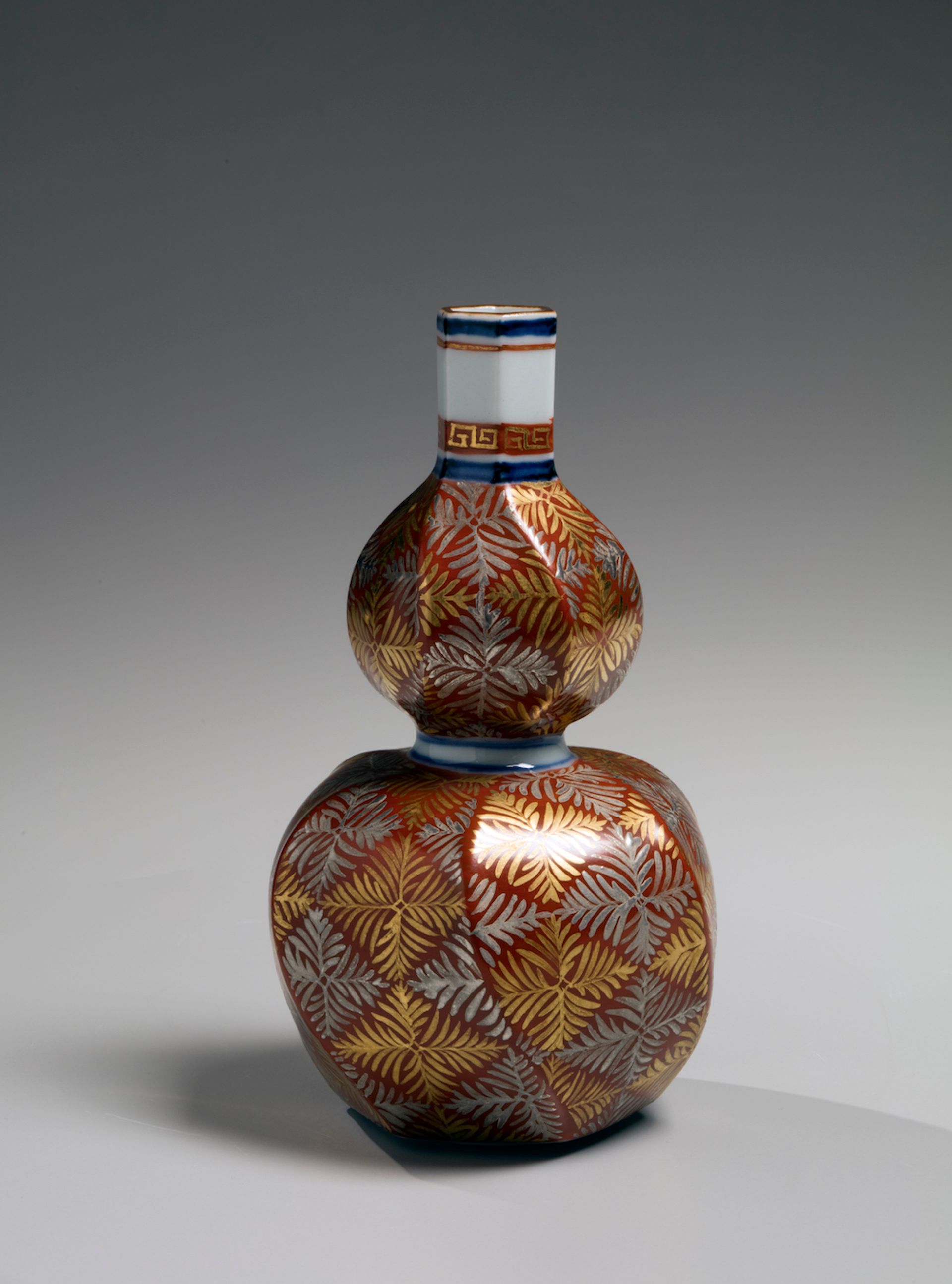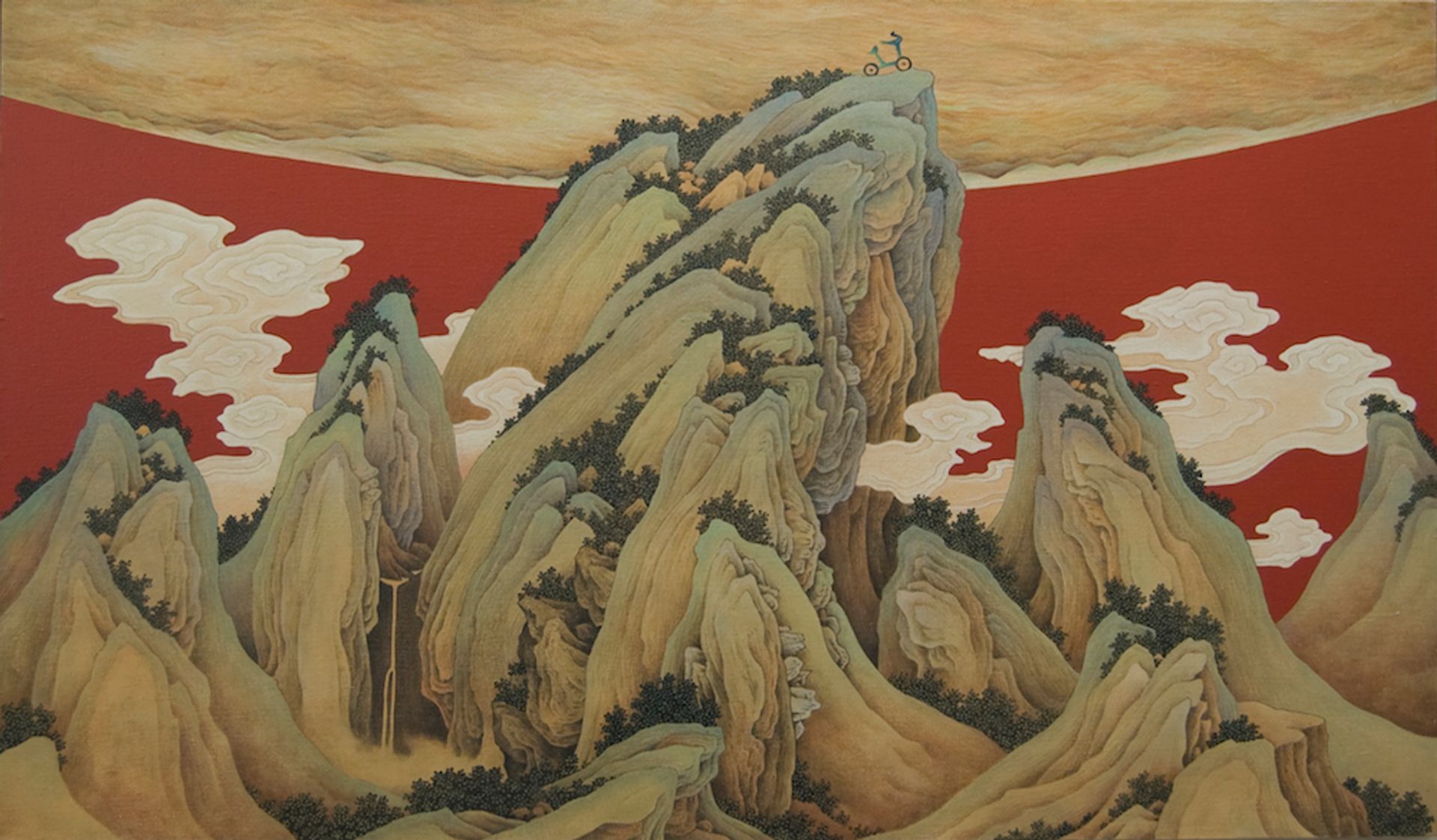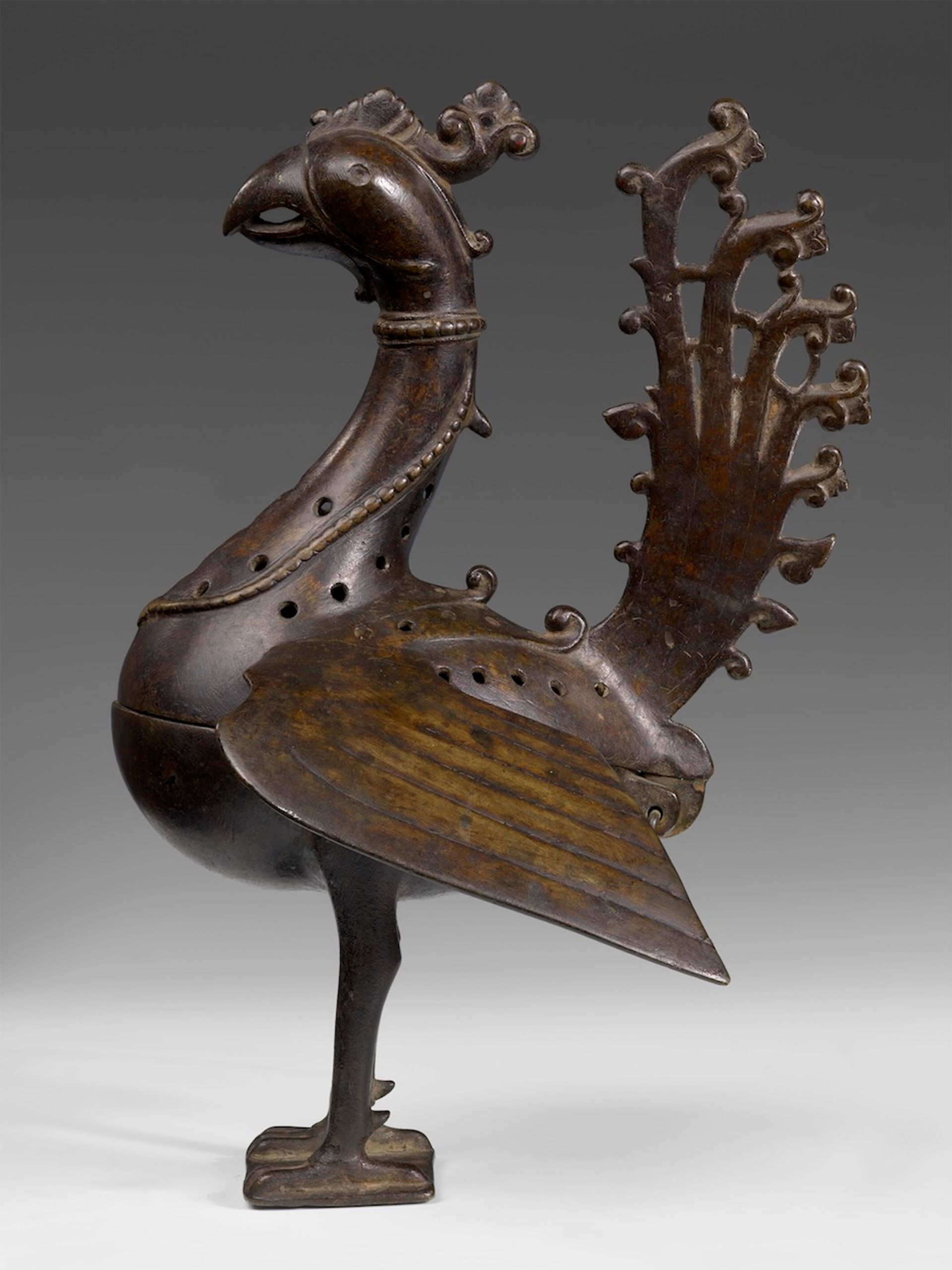Asia Week’s 10th edition kicks off on 13 March across New York’s commercial galleries, auction houses, museums and other cultural venues. When the event started in 2009, it was comprised of just 16 galleries on the Upper East Side looking to raise awareness of Asian art in the city's art market; now around 50 dealers across New York bring “a diversity and richness of material that hasn’t been rivalled”, says dealer Joan Mirviss, who founded Asia Week. The highlight of the week is often its open house weekend (16-17 March), during which participating dealers open their doors to the public.
This year, commercial galleries have welcomed “much more contemporary works of art, and have a greater range of works than I think we’ve ever had before”, Mirviss says. At her eponymous gallery, she is showing the "free-spirited" ceramics of Japanese artist Tomimoto Kenkichi, known as an “ningen kokuhō” (living national treasure)—an informal designation by the Japanese government for individuals credited with boosting Japanese arts internationally.

Tomimoto Kenkichi, glazed porcelain with gold and silver glazes and over red overglaze, made after 1952 Joan B Mirviss
Mirviss says: "Tomimoto “transformed the course of 20th century ceramics and the field of contemporary clay on a global stage, and he had some major credos, one of them being to not make patterns from patterns, and another to allow nature to guide inspiration.” She adds that she felt it was important to mark the momentous anniversary of Asia Week with "something significant, not just recent acquisitions”.
At Findlay Galleries, an exhibition devoted to the 20th-century French-Vietnamese artist Le Pho explores the brief tenure and lasting legacy of the École Supérieure des Beaux Arts de l'Indochine, of which he was a leader. In 1964, the gallery was the first to bring the artist's lush landscapes and semi-obscured portraits that blend Asian painting motifs with Western modernist techniques Stateside, and director Frederick Clark says there has been a "significant" uptick in prices for Le Pho's work within the last five years, especially among Asian buyers.
The local dealer Carole Davenport is offering a mix of ceramics, sculptures and paintings from both ancient creators to celebrated contemporary artists such as the Korean calligrapher Jung Do-Jun. Davenport recalls that when she began working as a private dealer and collecting works of art, “there was something about Asian art that just struck me”. She adds: “People may not have an inherited interest in Asian art, but when you tell them about it and explain it, they became interested”.

Suyoung Her, My Cob 351027, 2009 Kang Collection
The California-based Korean art specialists of Kang Collection have organised a series of contemporary paintings by Korean artists such as Suyoung Her, Minkyung Kim and Minjung Kim. The move marks a change of pace for the gallery, which typically deals in Korean antiquities. A gallery spokesman notes “an abundance of mountain ranges and other strong references to Korean heritage coming from young artists”, offering their display an unintentional but telling synergy.

Brass peacock incense burner, Deccan, Sultanate India, late 15th/ early 16th century Prahlad Bubbar Ltd
Among other highlights, the London-based dealer Prahlad Bubbar is showing a series of classical Indian miniature paintings from 1400-1900. But the centrepiece of the collection is an Indian brass incense burner in the form of a peacock made between the 15th and 16th centuries, which has “a strong cultural meaning but still a stylised and beautifully sculptural shape,” says the dealer. The piece was shown in the Metropolitan Museum of Art’s 2015 exhibition Sultans of the Deccan India: Opulence and Fantasy.
The Upper East Side gallery Kaikodo has organised an exhibition on the theme of migration and how “the migration of styles, ideas and people has impacted art and our perception of history”, says the dealer Mary Ann Rogers. The exhibition includes Chinese and Japanese ceramics and classical paintings and scrolls, many that are earmarked with various inscriptions or collectors’ seals indicating where and when the painting has travelled. Roger adds, “Everything we have here has migrated—from a palace to a tomb, then to other hands around the world before ending up here”.

